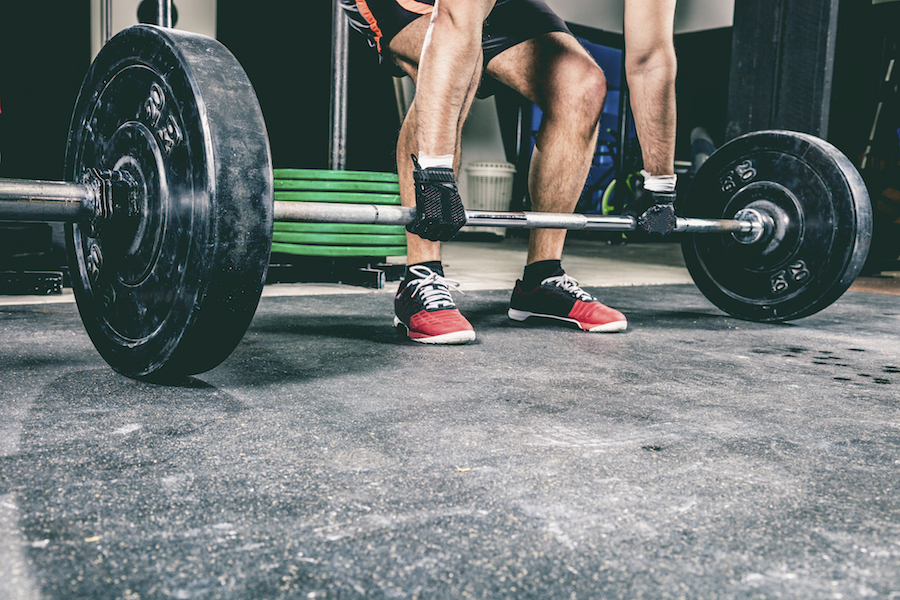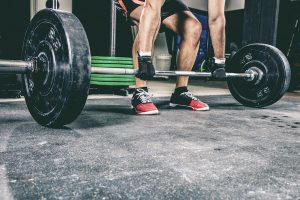Exercise trends and how to avoid common injuries
Adult exercise programs, like CrossFit, have been springing up across the country on a constant basis. With benefits like increased strength and a sense of community, many people are signing up. But with any new exercise program, there can be risk for injury – here’s what you need to know.
Pace yourself
Todd Mull of Weddington, North Carolina, has been doing CrossFit for years. He described the program as “a complete workout package involving nutrition, mobility and endurance all wrapped up into one.”
He said when most people think of CrossFit, they think of really extreme workouts with crazy goals. That can be the case for the top 1 percent of CrossFit members who compete in CrossFit games, but it’s not the case for everyone.
“We all have to learn to do the movements correctly before we add weight,” Mull said. “It’s also more of a family atmosphere. For those of us who don’t compete professionally, it’s an opportunity for us to enjoy working out with a group and push each other to improve.”
Mull mentioned his exercise regimen is not just about lifting weights and setting new personal records.“We have an opportunity to understand how nutrition fits into overall health and fitness,” he said, adding that the coach at his gym invites dietitians to talk about nutrition and answer specific questions. “We learn what to eat and how certain foods help your body to have more endurance and strength.”
Learn proper technique
With any workout regimen, there is a chance for overuse, or repetitive strain, injuries. Repetitive strain injuries are very common in the United States with more than 3 million cases per year. These injuries impact muscles, nerves, ligaments and tendons. With programs like CrossFit, most repetitive strain injuries result from poor technique and not knowing your limit
“If something feels wrong, don’t keep going,” said Dr. Eric Warren of Novant Health Waxhaw Family and Sports Medicine in Waxhaw, North Carolina. “Almost all overuse injuries are preventable by being patient early on and allowing yourself to acclimate to new exercise techniques.”Warren said he often treats patients who have back strains, knee problems or shoulder injuries caused by improper technique. He said it’s important to prepare your knees for strength-training workouts to ensure they’re warmed up and ready to endure heavy weights. Warren also said he has encountered several patients with tennis elbow or golfer’s elbow injuries to the outer and inner tendons, respectively.
Listen to your body
Mull had experienced issues with his knee since his teenage years. He didn’t notice much pain from the injury, until he took up CrossFit. “It took what damage was there and accelerated it,” Mull said.
Mull had three options:
- Stop CrossFit. “I wouldn’t have had to do anything else because the pain was coming from squatting heavy weight.”
- Continue CrossFit with pain. “It wasn’t going to destroy my knee, but I’d have to live with the pain.”
- Have surgery. “I’d have to do rehab and move forward, but the pain would likely go away.”
Mull opted for surgery. “I had a weakness and it needed to be fixed if I wanted to continue what I was doing,” he said.
He said while the doctors were operating, they noticed the tendons around his knee, his MCL and ACL, were actually in really great shape and had been strengthened due to his involvement in CrossFit.
Mull said through his journey, he learned how important it is to listen to your body.“Most of the problems adults face during exercise are mobility problems,” Mull said. “Most people are strong enough, they just aren’t flexible enough. Be smart about what your body is telling you and don’t rush into things your body isn’t ready for.”
After rehab and an increased focus on mobility, he is back to his CrossFitting self. In fact, he set personal records in multiple lifts since returning. For example, his one-rep max in back squat went from 335 to 345 pounds. At 47, he is now in the best overall shape of his life.
Mull has been taking a break from CrossFit since his surgery, but he’s excited to jump back in once he feels ready.
Are you experiencing sports-related injuries or joint pain? Click here to learn about orthopedics and sports medicine services offered by Novant Health.








